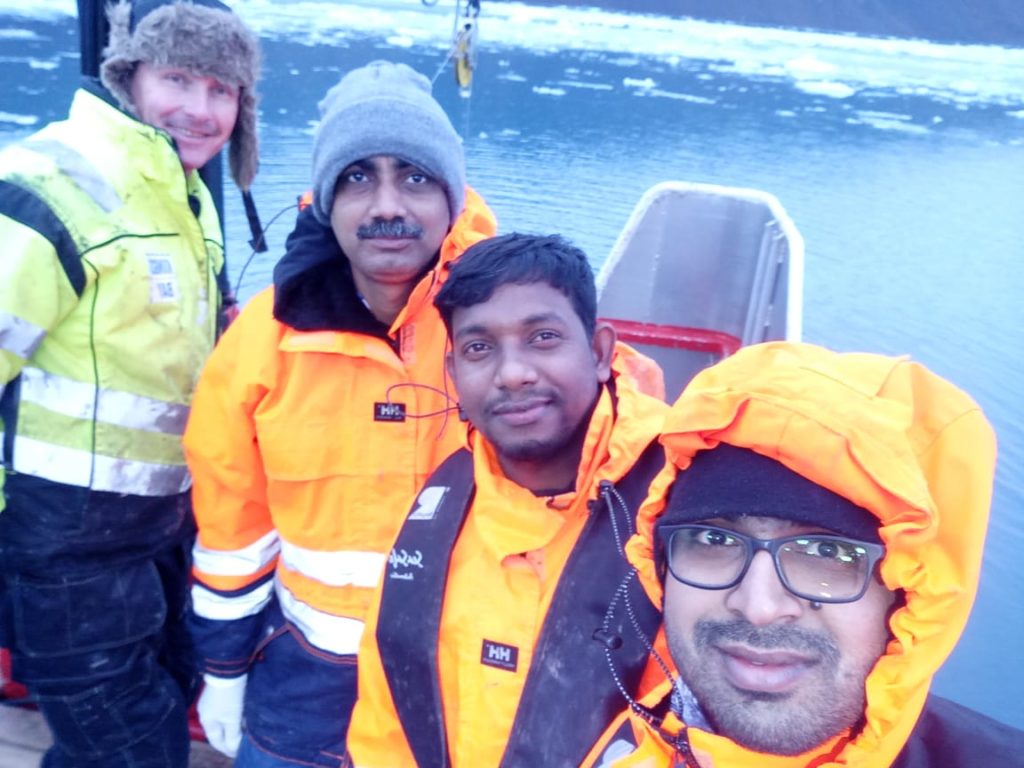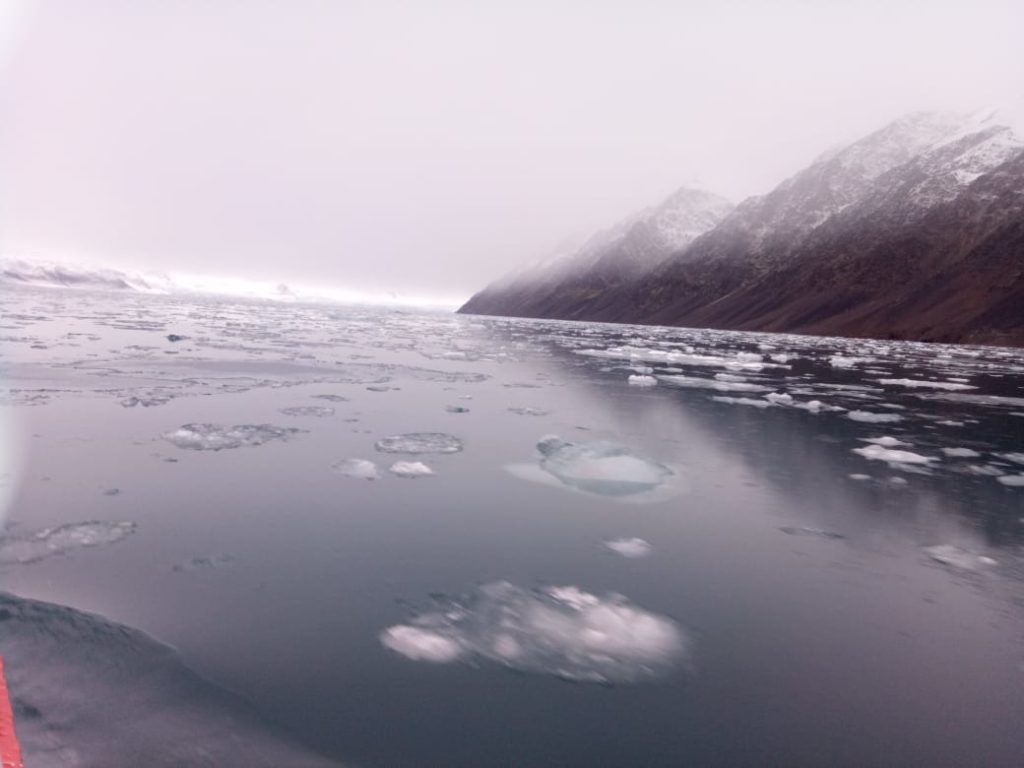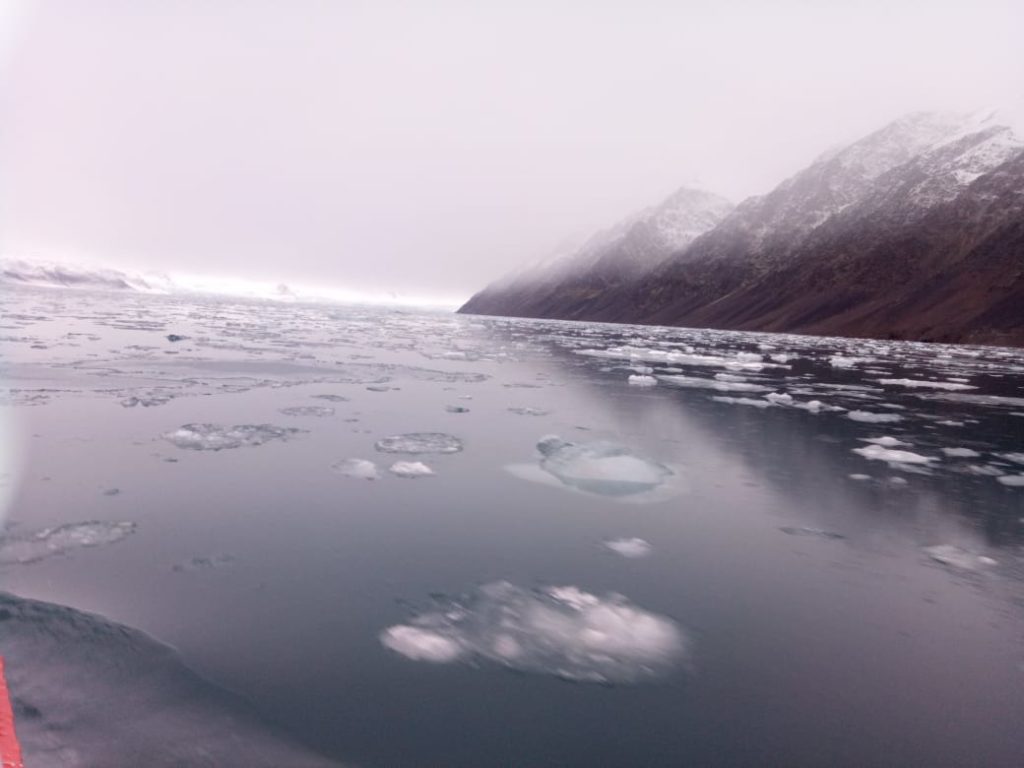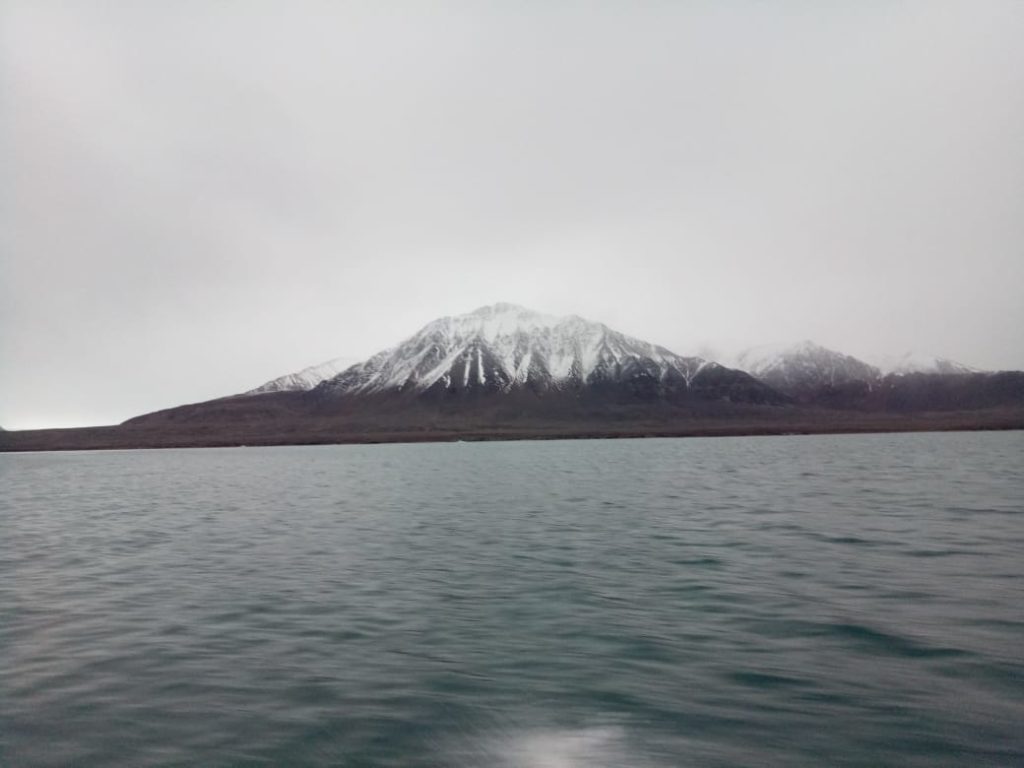RESEArCH
RESEARCH INTERESTS
Scanning of Emerging Contaminants in Aquatic Matrices of Arctic Region
Arctic is one of the largest and most pristine regions of the world. The main features of this area are cold climate, ice, darkness, and polar lows.Arctic region is susceptible to environmental pollution due to the environmental diversity, absence of nutrients in the environment and extreme seasonal light variation of the region. Our present work involves the Analysis of sediment/water samples from Arctic region for detection and quantification of micropollutants has also been initiated. The structure of the compounds is identified with the help of the high-resolution mass spectra and MS/MS pattern and the quantification is done by using authentic standards. Protocols are developed for analysis of contaminants. Pre-concentration methods are adopted for bringing the analyte concentrations into the working range of the analytical instruments.




Advanced Oxidation Processes (AOPs) for the degradation of Environmental Pollutants:
AOPs make use of the involvement of a highly oxidizing species like hydroxyl radical and its subsequent oxidative degradation reaction with organic water pollutants (mainly pharmaceuticals and personal care products (PPCPs), pesticides, and substituted phenols). The main AOPs include Ultrasound, Fenton, photolysis (UV & VIS), photocatalysis using TiO2 and radiolysis are generally being used. In addition, Zerovalent iron nanoparticle is yet another system used for similar degradation studies. The kinetics of reaction and the spectroscopic investigation of the short lived intermediate radicals in all these reactions are monitored by Pulse radiolysis technique. The stable intermediate and final products of the degradation are monitored by HPLCs, LC-MS, UPLC-Q-TOF-MS etc. The extent of mineralisation are being studied by TOC and IC.
Scanning of Emerging Pollutants in water and soil:
Air Pollution Monitoring:
Development of nano-membrane based Environmental Sensors for pollutants:
Nanomembrane fabricated from biopolymers that have intrinsic fluorescence can sense air pollutants such as hydrogen peroxide upto pico molar concentrations. Ovalbumin immobilized nanomembranes is too promising in sensing mercury and nitro compounds as well.
Membrane technology for water purification:
Multilayer nano-membranes (biodegradable synthetic membranes) are prepared using polyelectrolytes. Textile and papermill effluents can be treated with such membranes for removing color and COD. This is expected as a superior technology compared conventional methods
Radiation and Photo- induced modifications of DNA and related compounds:
The genetic material, DNA, undergoes constant damages due to both internal and external factors. It undergoes nearly 10,000 damages in human body every day. Radiation induced damages are due to direct deposition of energy and to indirect effect from water derived free radicals. We investigate the damage induced by both low LET and high LET radiation using steady state and pulse radiolysis techniques. Photochemical changes are also being studied. Charge transport in DNA is another important phenomena which is extensively being investigated in our group using Femtosecond spectroscopy.
Computer based theoretical calculations for free radical reactions:
A great deal of information on the probable reaction sites and energy channels in the free radical chemistry of organic compounds can be obtained using Density Functional Theory (DFT) based theoretical calculations. The DFT calculations are carried out with Gaussian 03 suite of programs by employing B3LYP method using the 6-31+G(d,p) basis set.
Experimental tools :
Pulse radiolysis, Laser flash photolysis, Time-resolved spectroscopy, Steady state radiolysis and photolysis, HPLC, HPTLC and other chromatographic techniques, UV-VIS spectrometry, GC-MS, LC-MS, LC-Q-TOF-MS, Highcomputing systems etc

